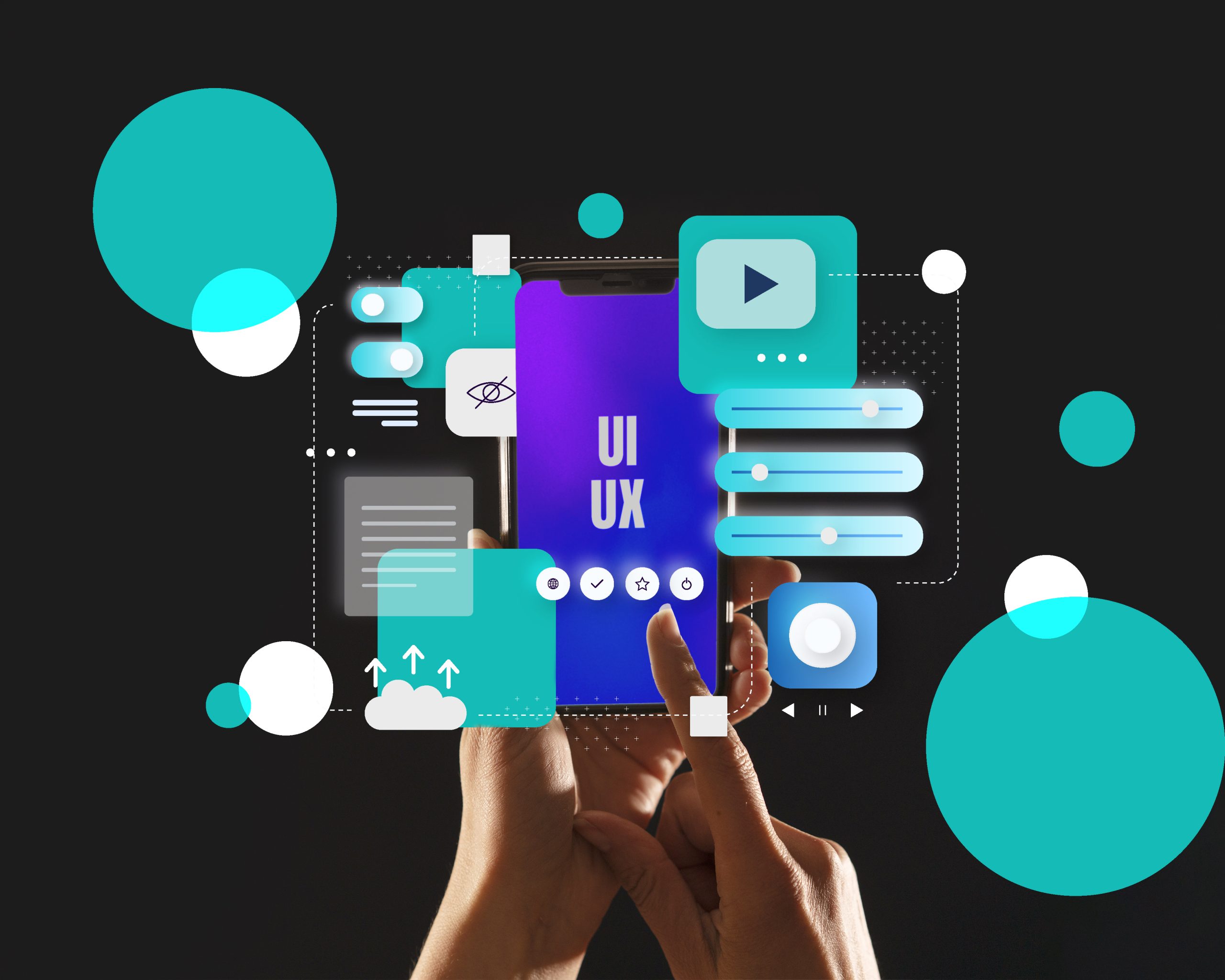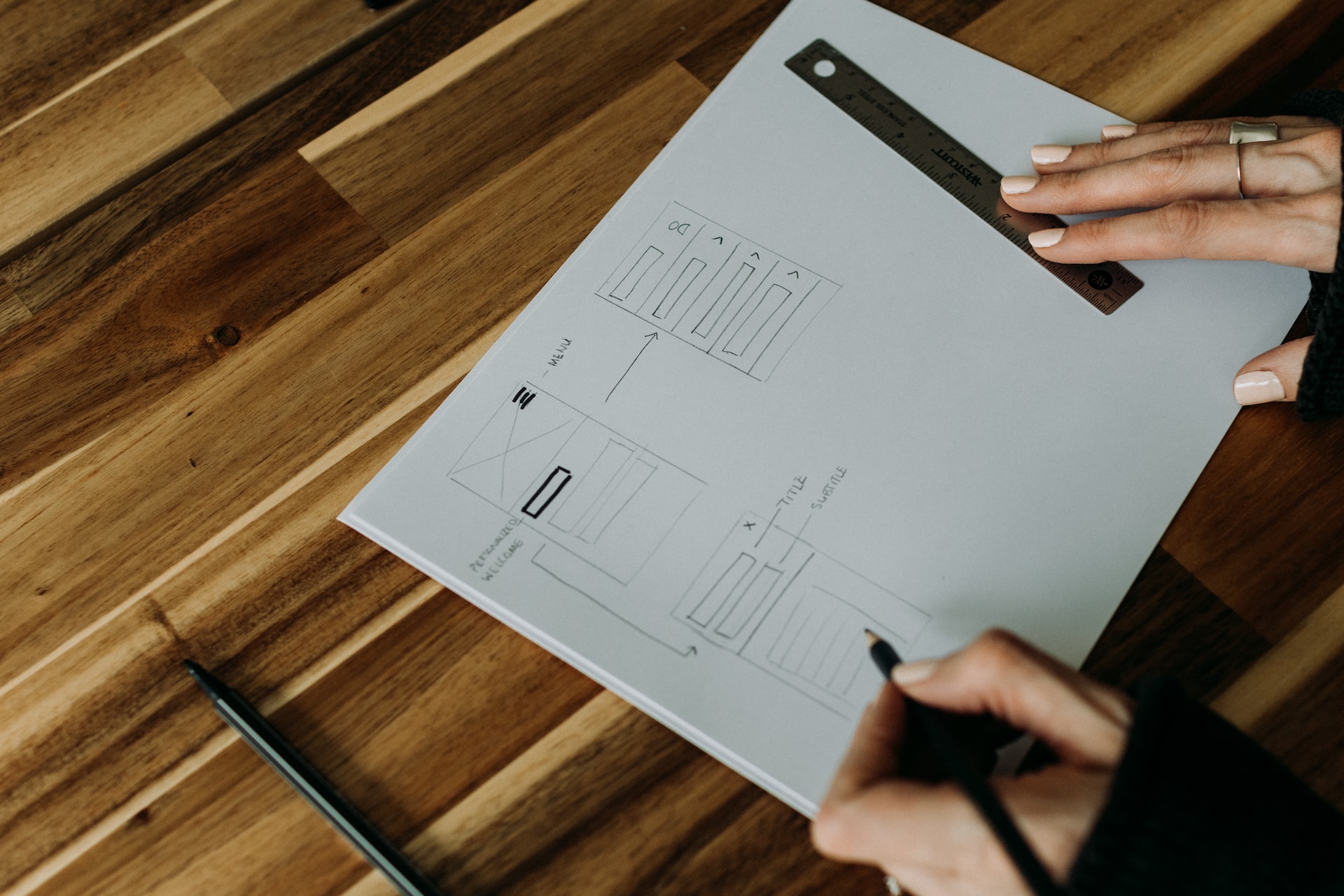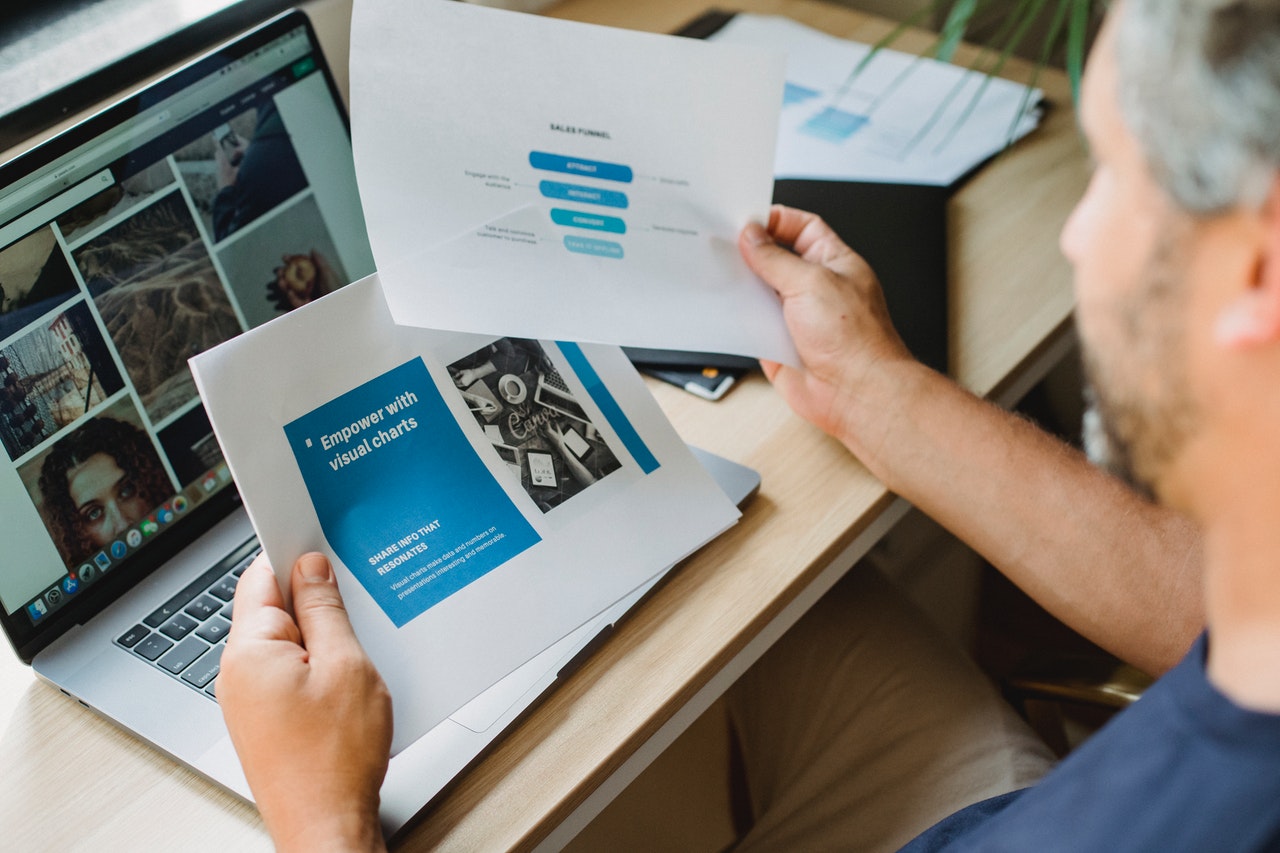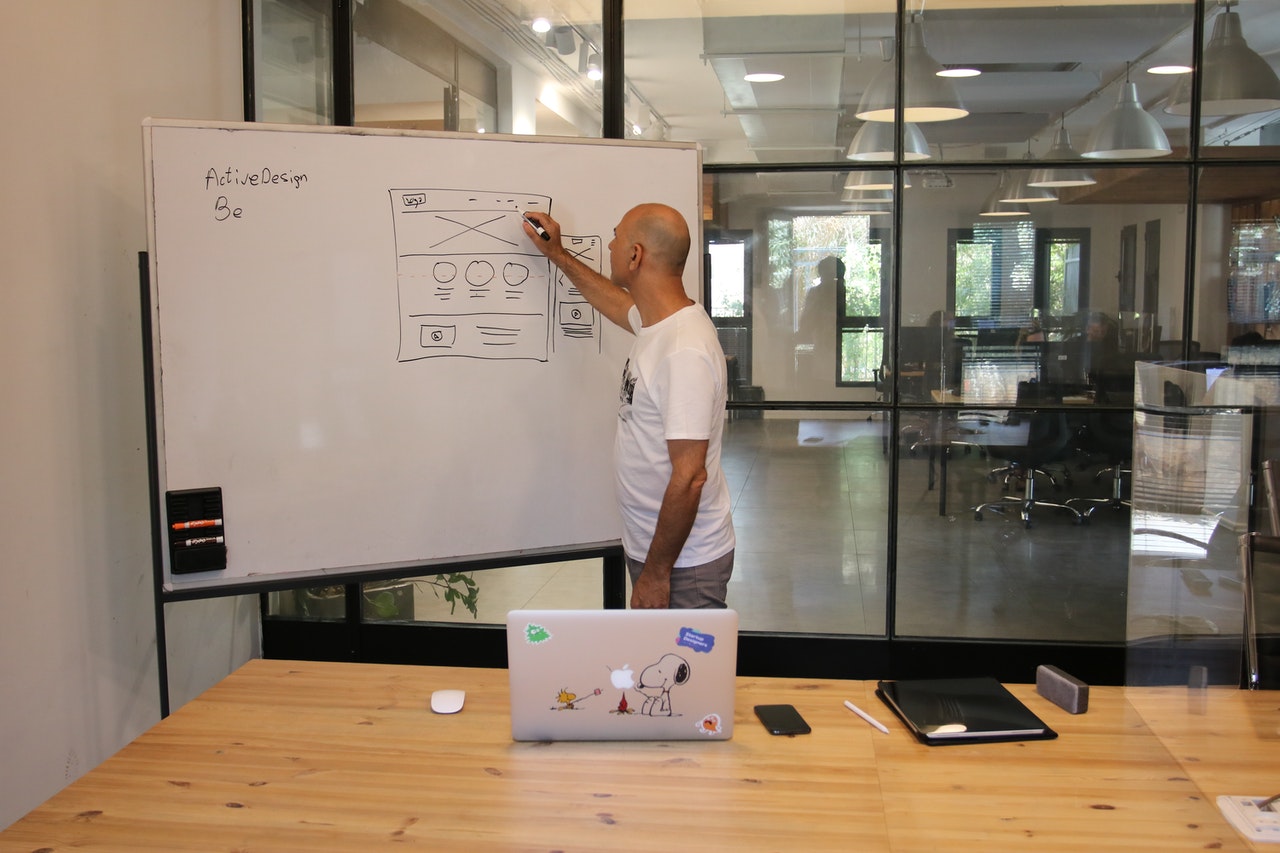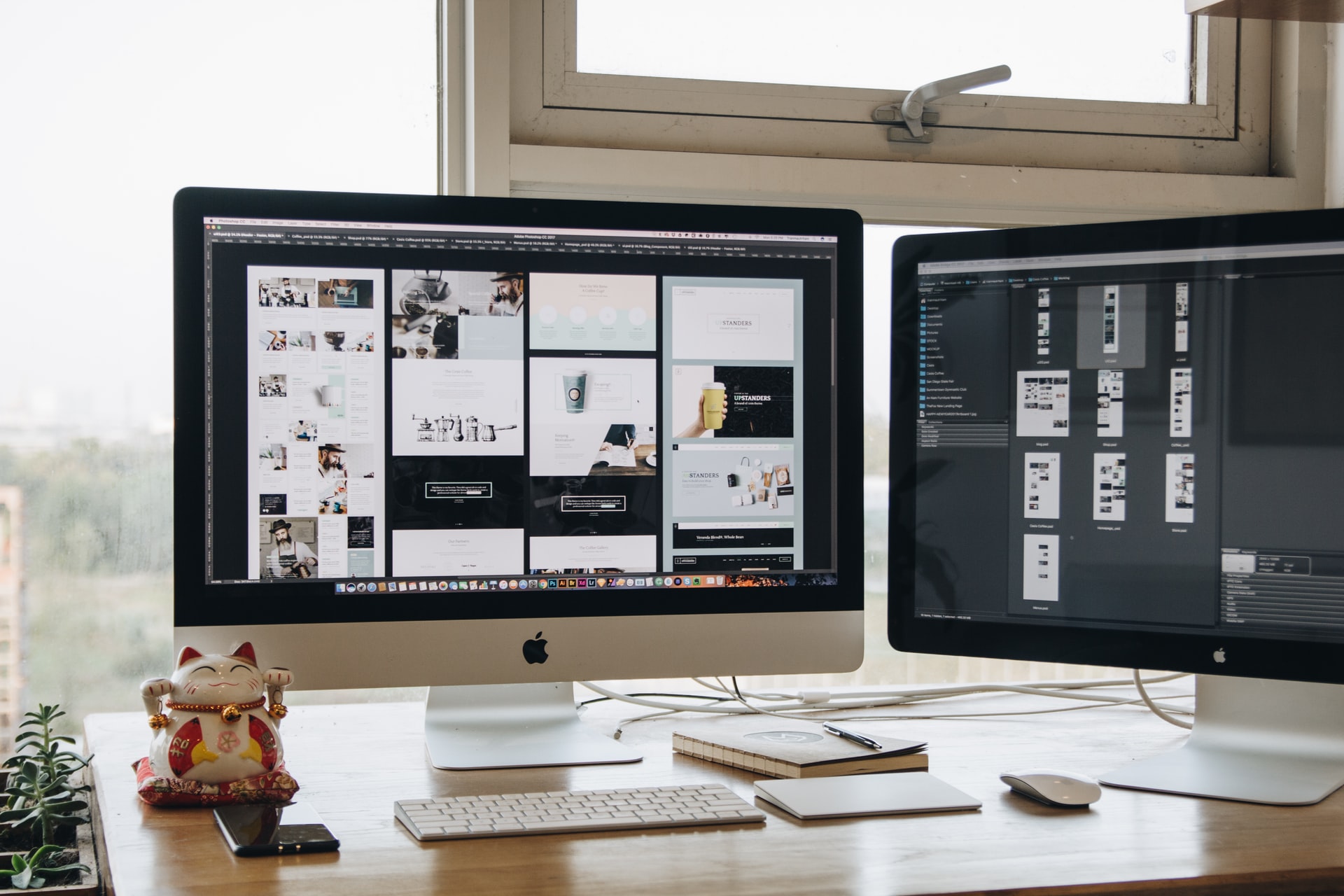The Art of Agile Iteration – Sculpting Seamless UX/UI Experiences
September 27, 2023
Top 6 Ways to Redesign Your Website UX
March 15, 2023
The impact of AI & ML on UI/UX designs
March 15, 2023
7 Surefire Ways to Speed Up Your Webpage for Better UX & UI
February 6, 2023
How to Improve UX/UI Design of a Mobile Application?
March 9, 2022
A Four-Step Guide to the UI/UX Design Process
February 10, 2022
7 UX/UI Trends To Keep On Your Radar In 2021
June 16, 2021

